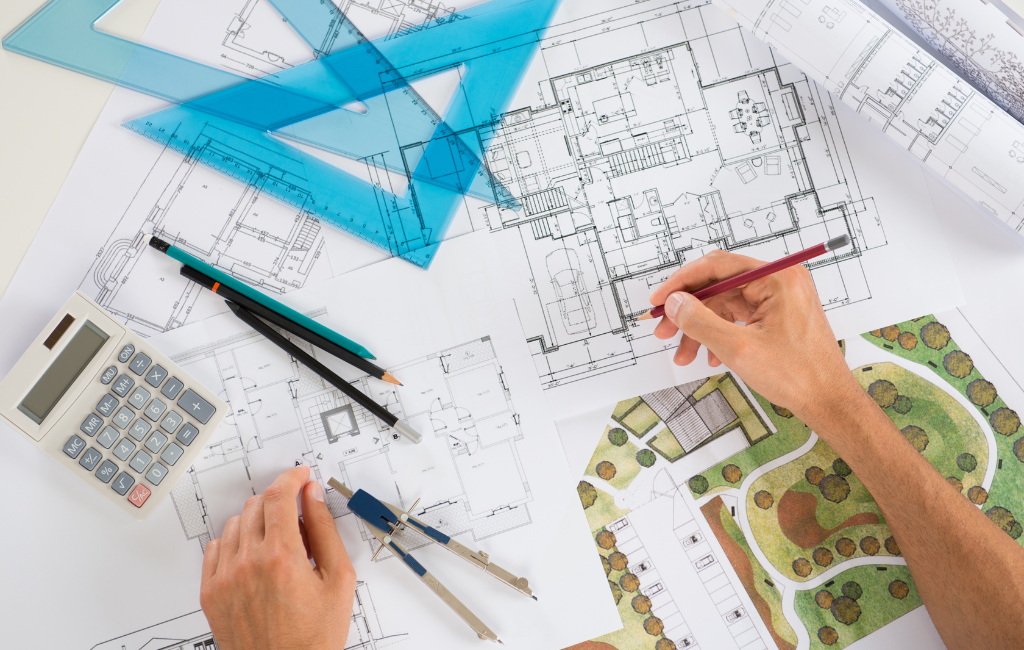
Architect Solutions
Architect Solutions for Timeless Designs
Creating timeless architectural designs requires a blend of innovation, sustainability, and respect for historical context. Architects strive to design buildings that not only meet the needs of today but also stand the test of time. This article explores various strategies and solutions that architects employ to achieve timeless designs.
Understanding Timeless Design
Timeless design refers to architectural styles and structures that remain relevant and aesthetically pleasing across different eras. These designs often incorporate elements that transcend trends and fads, focusing on enduring principles of beauty, functionality, and sustainability.
Key Characteristics of Timeless Design
- Simple and clean lines
- Use of high-quality, durable materials
- Functional and adaptable spaces
- Respect for historical and cultural context
- Integration with the natural environment
Strategies for Achieving Timeless Designs
Architects employ various strategies to create designs that remain relevant and admired over time. These strategies include the use of sustainable materials, adaptive reuse of existing structures, and the incorporation of universal design principles.
Sustainable Materials
Using sustainable materials is a key strategy in creating timeless designs. Materials such as reclaimed wood, recycled metal, and low-impact concrete not only reduce the environmental footprint but also add a sense of history and character to the building.
Adaptive Reuse
Adaptive reuse involves repurposing existing buildings for new uses. This approach preserves historical architecture while meeting modern needs. Examples include converting old factories into loft apartments or transforming historic warehouses into office spaces.
Universal Design Principles
Universal design principles focus on creating spaces that are accessible and functional for all people, regardless of age, ability, or status. This approach ensures that buildings remain useful and relevant to a diverse population over time.
Case Studies of Timeless Designs
Examining successful examples of timeless architecture provides valuable insights into effective design strategies. The following case studies highlight buildings that have achieved lasting relevance and appeal.
The Parthenon, Athens
The Parthenon in Athens is a prime example of timeless design. Built in the 5th century BCE, this ancient temple has influenced countless architectural styles and remains a symbol of classical beauty and harmony.
Fallingwater, Pennsylvania
Designed by Frank Lloyd Wright in 1935, Fallingwater is celebrated for its seamless integration with the natural environment. The use of local materials and the innovative cantilevered design have made it an enduring icon of modern architecture.
The Guggenheim Museum, New York
Frank Lloyd Wright’s Guggenheim Museum, completed in 1959, is another example of timeless design. Its unique spiral form and open interior spaces continue to inspire architects and attract visitors from around the world.
Statistics on Timeless Design
Research and data support the benefits of timeless design in architecture. Studies show that buildings designed with timeless principles tend to have higher property values, lower maintenance costs, and greater occupant satisfaction.
- A study by the American Institute of Architects found that buildings with timeless design elements had a 20% higher property value compared to those without.
- Research by the National Trust for Historic Preservation indicates that adaptive reuse projects can save up to 50% in construction costs compared to new builds.
- A survey by the International WELL Building Institute revealed that occupants of buildings designed with universal principles reported a 30% increase in overall satisfaction.
Conclusion
Timeless architectural design is achieved through a thoughtful blend of sustainability, adaptability, and respect for historical context. By using sustainable materials, repurposing existing structures, and incorporating universal design principles, architects can create buildings that remain relevant and admired for generations. The examples and statistics provided underscore the enduring value and appeal of timeless design in architecture.
- Bid Farewell to Spots: How to Whiten Teeth with Everyday Active Ingredients
- Gold Individual Retirement Account Companies: An Extensive Testimonial of the most effective Suppliers
- A Step-by-Step Overview on How to Whiten Teeth Utilizing Charcoal
- How much time Does It Take? Timeline for Converting an Individual Retirement Account into Gold Explained!
- From Paper Possessions to Precious Metals: Convert Your Roth IRA Today!